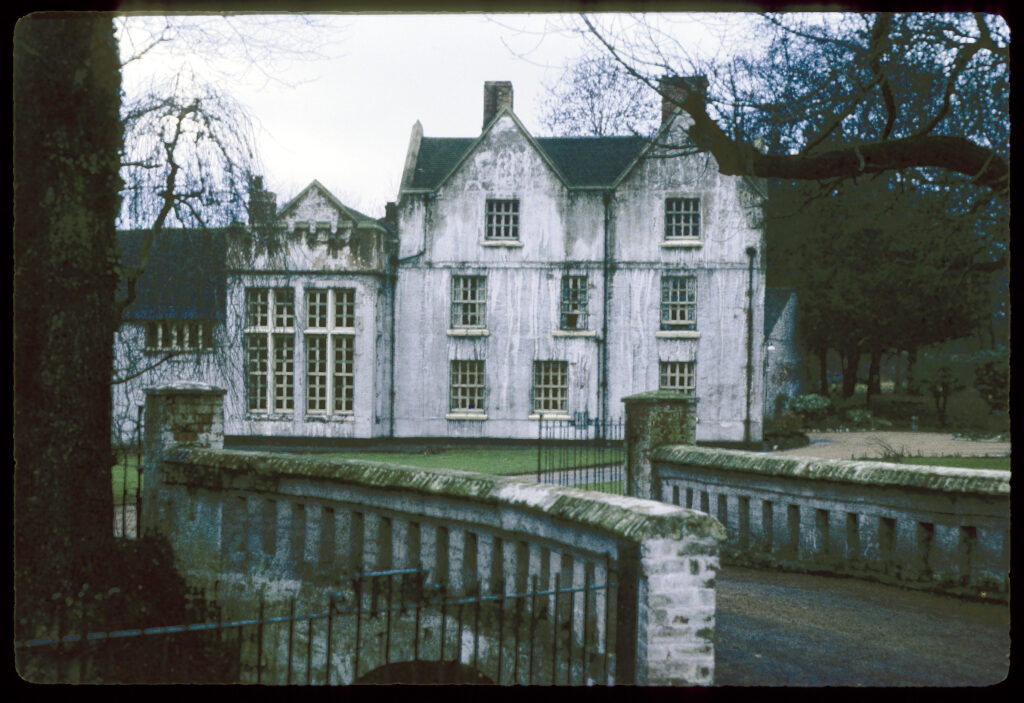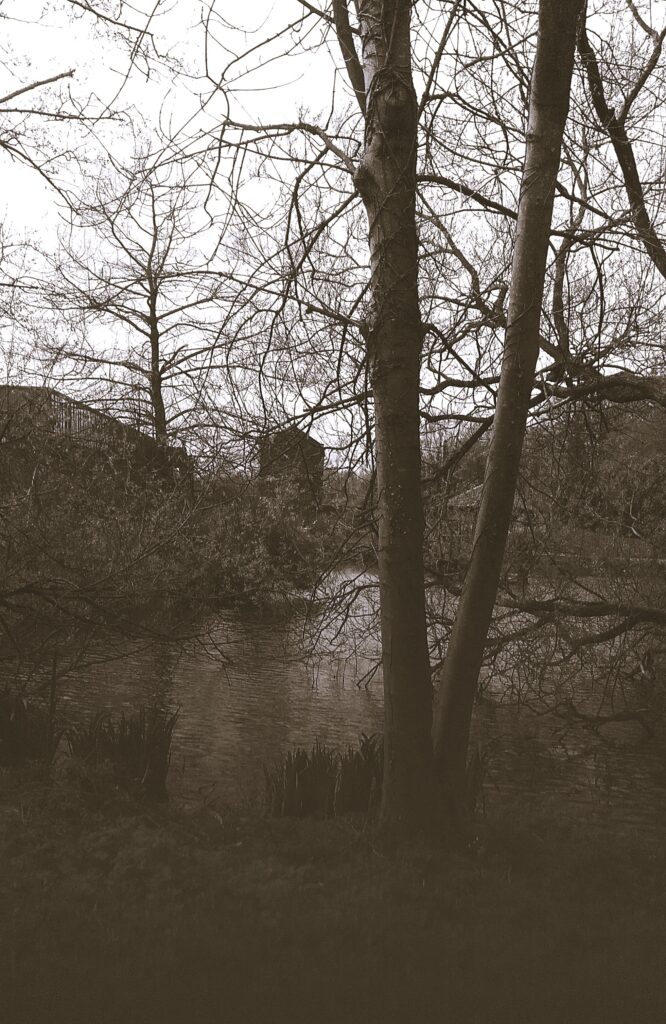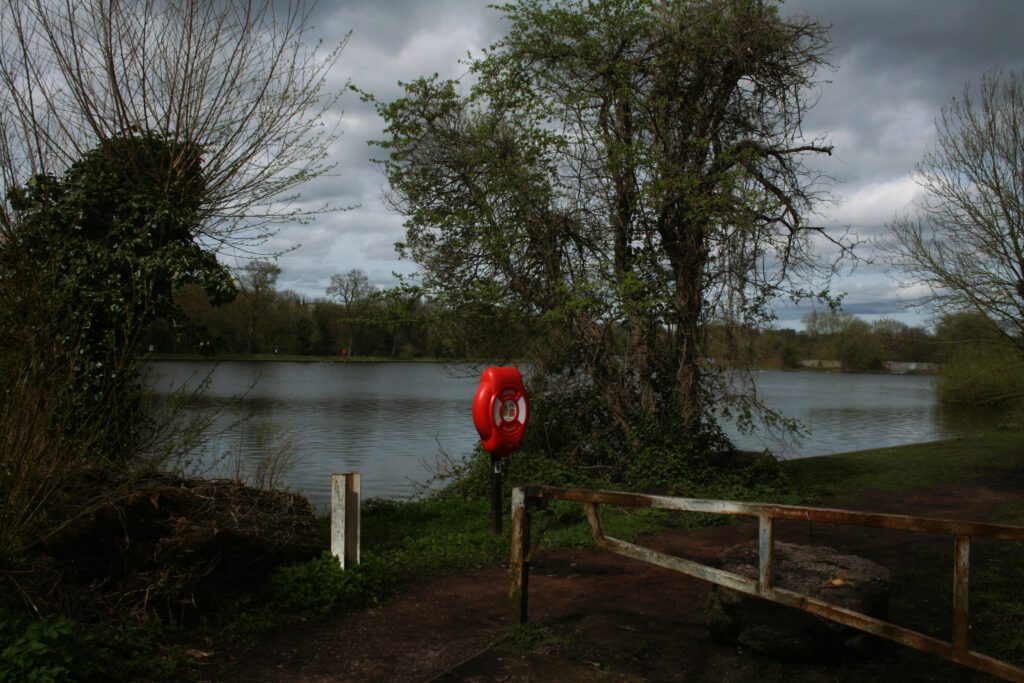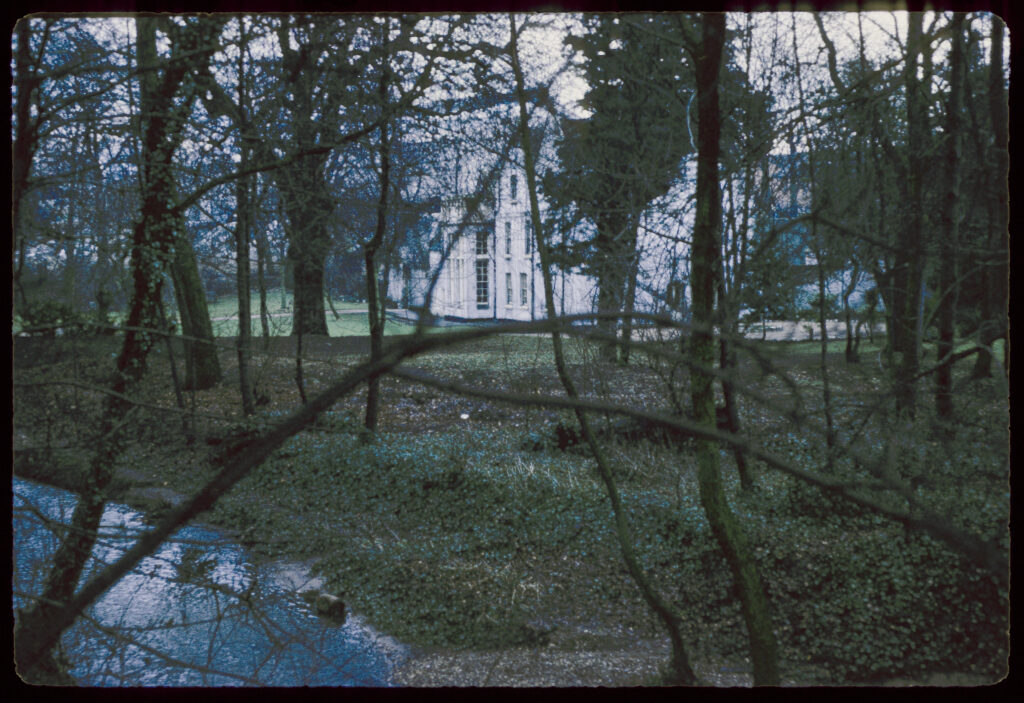
It is uncertain how old the place name of Lifford is. It is thought that the Roman Road Icknield Street crossed the River Rea here, and a ford is a river crossing point. The name Lifford, though, cannot be found in reference to this area before the arrival of Viscount Lifford who bought, what is now Lifford Hall, in 1781. The first record of the area being called Lifford is in 1785, when “Thomas Dobbs of Lifford” was noted at “Lifford Rolling Mill”, but this seems an incredibly short space of time for the area to take it’s name from the resident at the old hall. It is possible that the Viscount was drawn to purchase the site because it shared its name with his. A previous resident of a house near the present Lifford Hall was Adam de la Ford, named in 1275, so there was likely a ford here. The truth is, though, that the history of Lifford’s name is unknown.
Lifford is still home to several old pools and reservoirs, which once belonged to several local mills. Lifford Mill moved from site to site as needs required, with each old mill falling into disrepair and eventually being demolished. Little remains of the most recent Lifford Mill, but there are remnants of some mill industries, such as Baldwin’s (see here).
One millpool survives and can be seen from Lifford Lane.

When the Worcester and Birmingham Canal was built (it was completed in 1815) water from the Rea was to be redirected to serve it, so Lifford Reservoir was constructed to compensate the local mill owners for the water they would lose. This large reservoir comes as a surprise when you find it accidentally, tucked behind the crumbling industrial buildings.

Lifford Hall was built in 1604 in red brick, and later covered in white stucco. It was extended in the Victorian period, and renovated in the 1950s. Near the hall is a Victorian gothick-style folly, a building erected to look old for pleasure uses, which includes an embattled wall and tower.
Beneath Lifford Hall lie traces of a previous building. Sandstone foundations point to the possibility that the stories that an Saxon monastery was here add some credence, but do not provide concrete evidence. A sandstone structure of some description did occupy the site previously, though.

Local myth provided stories that these secret underground tunnels ran from Lifford Hall to Kings Norton Church, a mile away. On excavations of the house in the mid-1980s, these tunnels were found to underground mill leets, supplying water to the mill. Tunnel Lane can be found near the site of the house and mills.
Lifford Mill would have originally been a corn mill. This stood from at least the fourteenth century and was known as Broadmedewemilne, or Broad Meadow Mill. This, as many Stirchley and Birmingham mills were, was converted to a metal rolling mill. In about 1860 it became, possibly, the first rubber mill in England.1
Notes
- George Demidowicz, The Mills and Hall at Lifford: Notes from a Study of the Rea Valley by George Demidozicz, 1985-1989. ↩︎